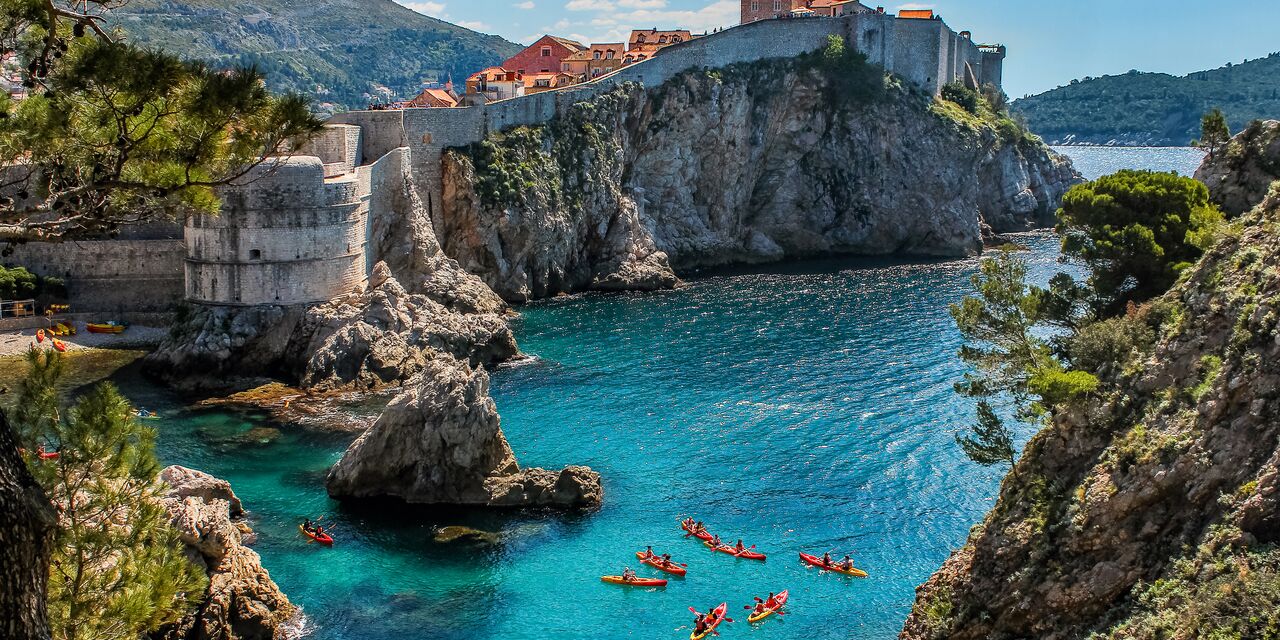Cathedral with a turbulent past
In the historical inner city of Zagreb, the 2 towers of the enormous neo-Gothic cathedral rise above the other buildings. Its official name is ‘The Cathedral of Mary’s Assumption’ but the cathedral is popularly known as the Zagreb Cathedral. The stunning exterior is as breathtaking as the interior, and no expense or efforts have been spared to adorn the cathedral with many wall paintings and altars.


A rich history full of renovations
Thanks to its rich history, the cathedral is a huge attraction to both residents and visitors. The building was completed in 1217 but only a few decades later, in 1242, it was devastated by the Tatars. In 1263, the structure was completely renovated in a Gothic style. Walls and towers were added in the 16th century and in the 17th century a huge tower was placed next to the cathedral. Since 1990, the cathedral is undergoing gradual renovations to preserve its condition.

Not just a pretty façade
The cathedral, which seats 5,000 people, features neo-Gothic marble altars, stained glass and a beautiful pulpit. It is also the final resting place of the controversial Croatian Archbishop Aloysius Stepinac, who is buried in a tomb made by Croatian sculptor and architect Ivan Meštrović. An image of the archbishop can be seen on a raised platform behind the main altar. Stepinac led the Croatian Catholic Church during World War II, and although never proven, there are strong indications that he had ties to the Nazis.
Discover other destinations in Europe
*The displayed prices are for one adult. All amounts are in SGD. Taxes and surcharges are included. No booking fee is applicable, but a payment surcharge may apply. Prices shown may vary depending on fare availability.
The weather forecast information is provided by World Weather Online. Air France-KLM is not responsible for the reliability of this data.













